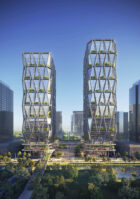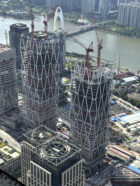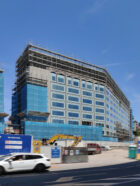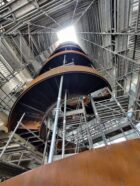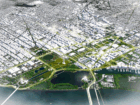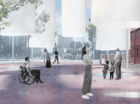Ahead of the new year, we are excited to showcase a selection of our work in progress—including several projects unveiled here for the first time. While this work ranges widely in location and scale, it reflects a design approach that is firmly rooted in a sense of place. From a residential tower on Mexico’s Pacific coast to an oceanarium on the Red Sea, each design responds to the local culture and climate. Equally apparent is a commitment to enhancing the public realm; a number of these projects involve transforming waterfront sites into accessible places for people to enjoy.
Across the board, our design teams are delivering on our commitment to reduce the carbon impact of building construction and operations. As scaffolding comes down, these new buildings show what is possible when architects and engineers collaborate to deliver sophisticated technical solutions—from the innovative engineering of a Los Angeles art museum’s dramatic new building, to the sensitive retrofit of a modernist building in Milan that repurposes and reuses existing materials. These are just a few of the highlights; we’re excited for all of the progress that 2024 will bring.

